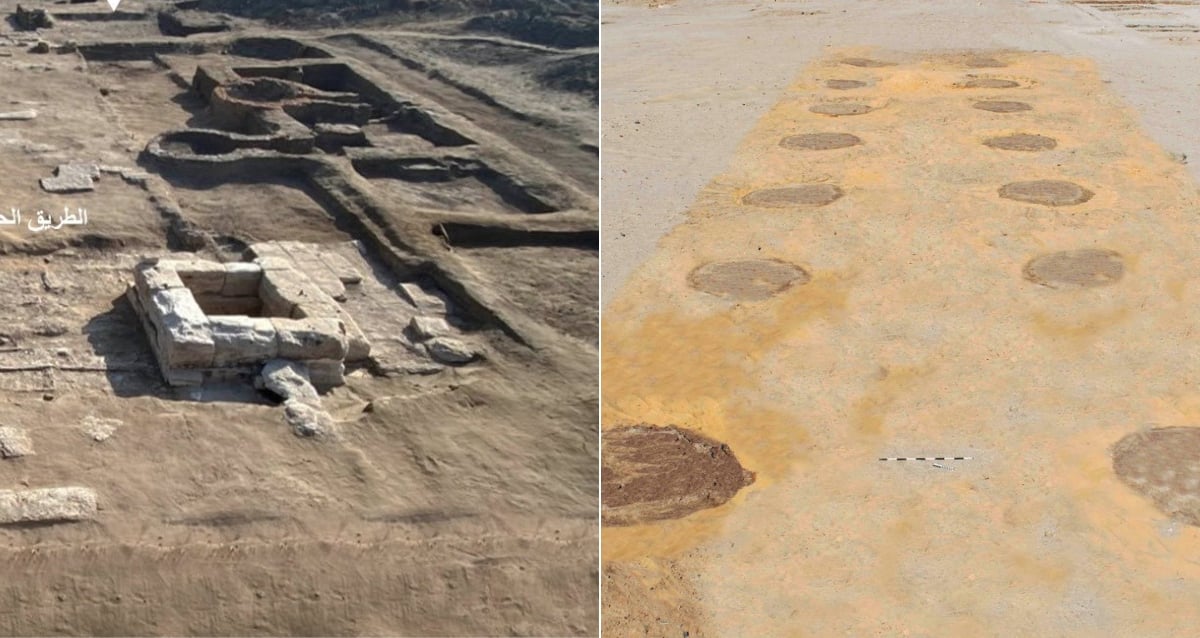Hidden Beneath Egypt’s ‘Fortress Of The East,’ Archaeologists Unearth a Moat and a 500-Tree Walkway Lost to Time
Several long, rectangular buildings were also found, arranged in overlapping layers, which appear to have been used as residential areas for extended periods during the Ptolemaic era.
Overall, the new discoveries will help researchers gain a deeper understanding of the strategic significance of the fortress in protecting Egypt’s eastern borders.
After reading about these new discoveries at the Sinai Desert fortress, learn all about Egyptomania, the craze that saw the world become fascinated with ancient Egypt. Then, read about why so many Egyptian statues have broken noses.

















